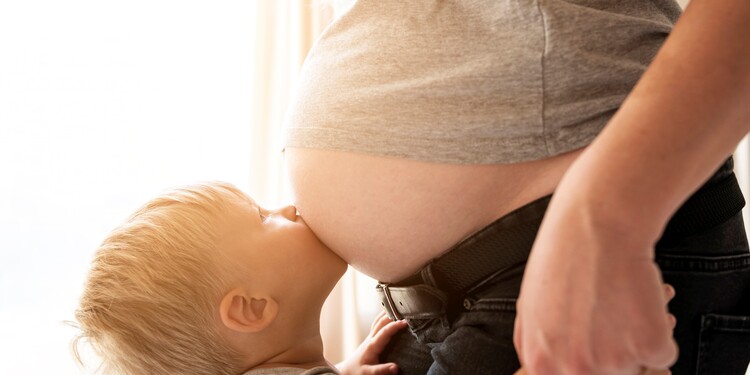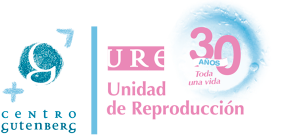Ovarian reserve and assisted reproduction: what is it and how do we diagnose it

When we talk about female fertility there’s a very important term that every woman should know. We’re referring to the ovarian reserve, something which is essential if you’re trying to conceive.
In this article we want to slow down and explain to you what the ovarian reserve is as well as why it’s so vital in assisted reproduction, as it will determine whether one type of fertility treatment should be used, or another. Keep on reading and we’ll tell you more.
What is the ovarian reserve?
We define the ovarian reserve (OR) as the number of eggs that a woman has at a certain moment in her life.
This means that it is a concept which varies over time, as the female oocyte population is constantly declining from the time she is born until her eggs, or ovarian reserve, run out completely. Now you will better understand why we insist so much that a woman’s age impacts her fertility and chances of conceiving…
How do we diagnose the ovarian reserve?
There are different types of tests used to determine the amount of oocytes a woman has. However, in particular there are two tests that have proven to be far superior to all others. We are referring to the antral follicle count via ultrasound and the blood test to analyse the anti-mullerian hormone (AMH).
The antral follicle count consists in carrying out a transvaginal ultrasound between the second and fifth day of the cycle to determine how many eggs there are. An optimal ovarian reserve would be between 6 and 8 follicles per ovary.
The anti-mullerian hormone blood test is an analysis that should also be carried out between cycle days two and five. The result should range from 0.7 to 3.5 ng/ml to be considered a normal ovarian reserve.
How are a female’s ovarian reserve and her fertility related?
Ovarian reserve is a factor of crucial importance to female fertility as it conditions both a female’s natural ability to get pregnant as well as her results if she needs to undergo assisted reproduction treatment. Regarding the oocytes, the concepts of egg quality and number are not equivalent but they are very closely related.
Generally speaking, we consider that a female possesses a good ovarian reserve and good egg quality until she turns 30 years old. This is her most fertile period! After this age, egg quantity and quality begin to progressively decline, an occurrence which becomes more evident after the age of 35 and which dramatically worsens starting at the age of 40.
Additionally, there are a significant number of women whose ovarian reserve declines even more quickly. This may be due to the very nature of their ovaries (women who are born with a fewer number of eggs), or it could be the result of circumstances that have damaged their ovarian reserve. An example of the latter would be certain habits that harm fertility and which should be avoided, but there are also cases such as surgery, chemotherapy, radiotherapy…
As you can imagine, this situation causes menopause to arrive at an earlier age (premature menopause or premature ovarian failure) and, as a result, an inability -early on- to conceive with own eggs.
For all of these reasons, at our fertility clinic in Spain we believe that evaluating the ovarian reserve is an important part of the gynaecological examination for women who would like to conceive, especially if they plan on waiting to start trying to get pregnant until after the age of 34.
A poor result should be taken into consideration when it comes to planning for maternity by trying to conceive at as young an age as possible and maybe by turning to assisted reproduction in order to become a mother.
Do you still have questions about the ovarian reserve? Are you looking for a specialist in assisted reproduction? Remember that your first appointment with us is completely free.
You can request an appointment by calling us 0034 952 122 565, or you can do it online here.

